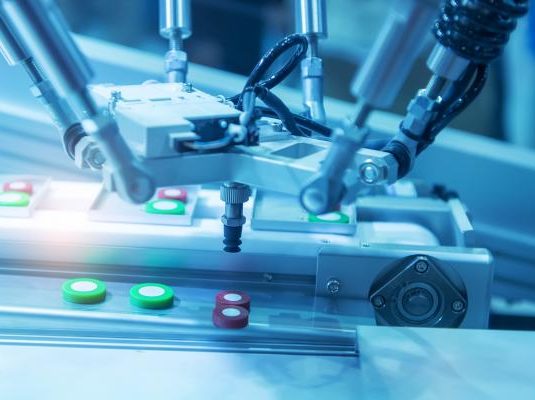CNC, or “computer numerical control,” refers to how operators and engineers can command the functions of a manufacturing tool or machine through a CNC machine computer programming language called g-code. Developed in the late 1950s, this language instructs the machine how to cut, grind, shape, mold or melt a source material like metal or plastic into whatever finished product the operator desires.
Many different types of CNC machines exist, with several today that are prominent thanks to their diverse range of applications. The classification of a CNC machine might be retrofitted or custom-built, and each has unique advantages.
Retrofitted Types of CNC Machine
Retrofitting refers to machines that were originally constructed using older, pre-CNC technology, but later were updated to handle CNC programming as a way to improve their efficiency and functionality. Many of the newer milling machines today are manufactured specifically with CNC technology in mind and feature unique options like built-in tool changers and safety sensors.
Milling machines, lathes and grinders are the most common examples.
- Milling machines: Mills use rotary cutters to cut a variety of manufacturing materials and rely on CNC commands to dictate the depth, direction and angle of the cut. The precision of a cut is far greater now using CNC technology than when these machines were operated by hand.
- Lathes: These machines rapidly rotate the manufacturing material on a spindle. The material is then pressed against a carving or abrading tool while it spins to cut or shape it. Lathes are used primarily for symmetrical objects such as cylinders, cones and spheres.
- Grinders: A spinning wheel is used to either grate and abrade materials or mold them into a desired shape. These machines are the easiest to program because they typically don’t require the same level of precision as a lathe or mill.
Custom-Built Types of CNC Machine
Customized types of CNC control systems were constructed specifically to interface with CNC programming. They are often newer, sleeker, more efficient and more expensive than their retrofitted counterparts. CNC routers, 3-D printers, metrology machines, laser and plasma cutters, and pick and place machines are common examples.
- CNC router: Routers cut wood, plastic and sheet metal on an X, Y and Z axis and are primarily used for manufacturing larger scale products. While Three-dimensional routing is the most common, some routers are four-,five- or six-axis, which is ideal for more complex products. A higher axis router not only increases efficiency, but reduces set-up times and produces fewer mistakes.
- 3-D printer: CNC technology has been essential in innovating the world of 3-D replication. In the case of a 3-D printer, an extruder is used to push hot plastic through a small hole slowly and methodically, layer by layer, until the copied part is complete.
- Metrology machines: Metrology is the science of measurement. Such machines use advanced 3-D software to inspect the parts of other machines for accuracy and precision. This increases overall production efficiency and reduced equipment failures.
- Laser and plasma cutters: Laser beams and plasma torches are used for jobs that may prove insufficient for other cutting tools. Both are hot enough to burnthrough all types of stubborn materials, and are agile enough to create almost any shape or angle. Laser cutting is gradually phasing out plasma, however, due to its superior hole-cutting power.
- Pick and place machines: Also called surface mount technology, these machines are used to help assemble electronics like circuit boards, capacitors and resistors. They feature a number of small mechanical nozzles that lift up electronic components, move them to the specified location, and place them down.





